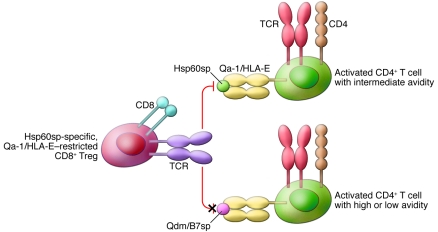Figure 1. Signal strength model for the ability of Qa-1/HLA-E–restricted CD8+ T cells to suppress activated CD4+ T cells.
Activated CD4+ T cells with intermediate avidity for their cognate MHC class II/peptide complexes express Qa-1/HLA-E molecules that are predominantly occupied by Hsp60sp. These T cells are effectively suppressed by Hsp60sp-specific CD8+ Tregs. In contrast, activated CD4+ T cells with high or low avidity for their cognate MHC class II/peptide complexes express Qa-1/HLA-E molecules that are predominantly occupied by Qdm/B7sp peptides. These T cells are not under the control of Hsp60sp-specific CD8+ Tregs. The ultimate outcome of these interactions is inhibition of autoreactive T cell responses and enrichment of high-avidity responses against foreign antigens.

